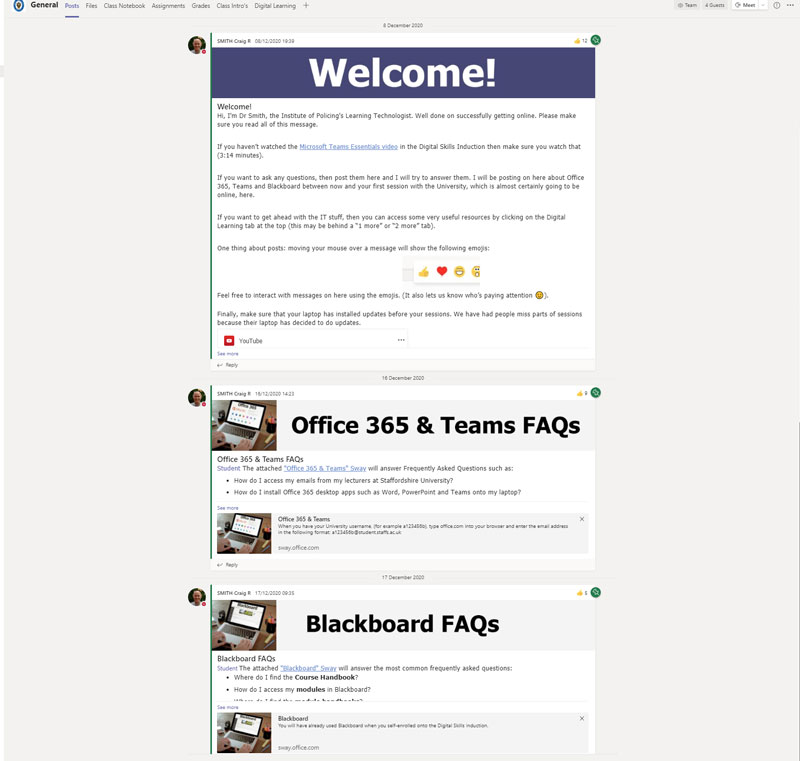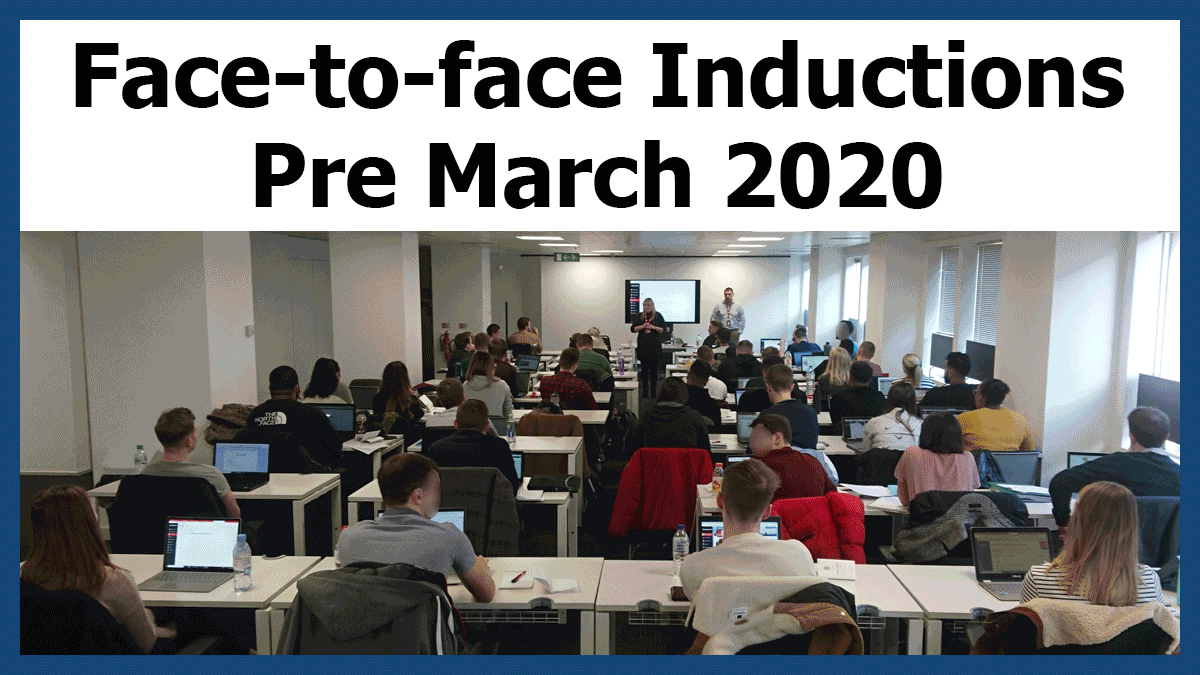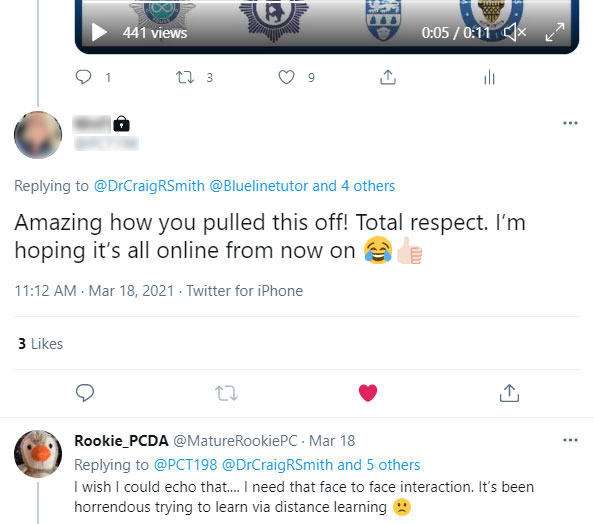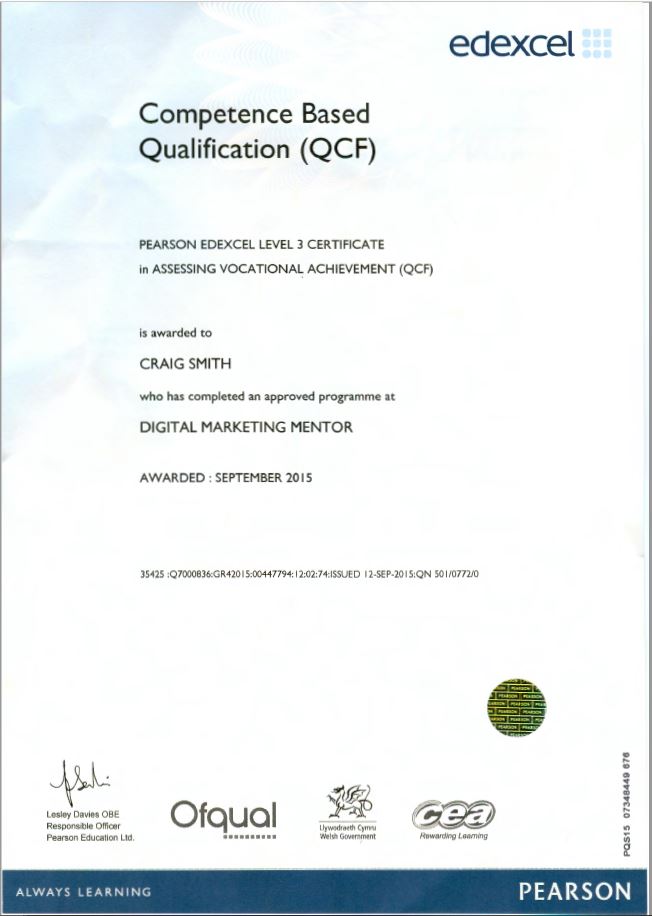An understanding of teaching, learning and/or assessment processes
I have over 25 years’ experience in education and training, during which I have taught and trained people of all ages and abilities using a variety of different delivery methods, including traditional classroom teaching, one-to-one training, eLearning and online training via web conferencing.
Of this experience, 18 years was spent as a secondary school teacher, which included 12 years as an ICT teacher and 3 years as Head of ICT. With regard to qualifications, I achieved a Postgraduate Certificate in Education (PGCE) and met all threshold standards of effective teaching to cross the threshold to the upper pay range.
In 2009, I achieved Using VLEs in my teaching as part of a Personal Development Programme with the Open University. This course furthered my knowledge and understanding of eLearning, and showed me how VLEs can be used for assessment and to support collaborative work in the classroom and ‘out-of-school’ learning.
As mentioned in my Contextual Statement, I used multimedia authoring software to create interactive revision packages. Using my web design skills, I put my knowledge and understanding of learning technology into practice by creating and developing websites containing learning materials I’d created to help with coursework and revision which were used by both students and staff.

In 2015, I achieved a Certificate in Assessing Vocational Achievement (CAVA) which is further evidence of my knowledge of assessment. The CAVA was required to become a Qualified Assessor for Digital Apprenticeships and Trainer in Social Media and Digital Marketing. Technology I used in the assessment of apprentices was the OneFile apprenticeship eportfolio and Canvas (discussed in Core Area 1: Subsection 1b).
Evidence: Supporting statement from my line manager:
Craig is an asset to the team who works hard to provide the best possible service to the department. Craig is the only online learning technologist to support an internal team of 60 lecturers and staff. Craig also supports a team of police trainers who are located at various police stations across the West Midlands region. To add to this, Craig also supports over 2000 students across three courses.
As Craig’s line manager I am very much guided by him on how we can best support the department and wider team, he is an expert in his field and provides me with advice and guidance in order to provide the best service possible to staff and students.
An example of Craig’s support: a new system was introduced to the department, with little technical support, people had muddled along, but staff and students all found it difficult to navigate and were becoming disengaged from the system. I asked Craig to look at the system and find a way to simplify and re-engage the staff and students. He did this through developing a series of video tutorials, these were short bitesize videos which covered specific elements of the system and could be easily followed by the students and staff. With so many students Craig had to develop a way of sharing materials which could be delivered to over 2000 students all at differing levels of expertise to ensure they fully understood and engaged with the system.
The videos were a huge success with staff fully engaging with the system and carrying out their duties effectively and the students understanding their responsibilities and how to carry these out.
Following the success of these, Craig has built up a library of videos for various elements of training for staff and students.
A further example is when I asked Craig to write me a paper outlining the digital innovations that the IoP had used during the last 12 months. He had a conversation with me to discuss that he could present this information better by using a digital solution. He produced a high-quality video outlining the digital successes of the department, this was share with our partners and showcased the excellent work led by Craig and supported by colleagues.
Finally, Craig is always looking forward, he is always looking at ways we can improve and offer something different to our students and staff to support development of material or create easier methods of communication and knowledge sharing across the partnership.
Katie Finan, Business, Planning and Resources Manager, Institute of Policing, May 2021
Reflection
Since 2019, as an Online Learning Technologist with the Institute of Policing at Staffordshire University, I have provided support and training to University lecturers and police trainers. There has been a change in practice, from face-to-face training to online training (discussed in Core Area 1: Subsection 1c). I have learnt that staff have adapted to the change very well and staff training is now more efficient, especially with my Microsoft Booking system.
I have supported student police officers across Staffordshire Police, West Mercia Police, West Midlands Police and Warwickshire Police and have been pleased with the online induction process. In terms of getting students online, which is my job, the online induction process has been a success, and a big improvement on face-to-face. For example, before March 2020, I had a face-to-face induction with a cohort of 96. Getting them logged onto Blackboard and Office 365 in such a short space of time, while simultaneously sorting out IT issues (touched on in Core Area 3: Subsection 3b), was extremely difficult and very stressful. Feedback from students about the Digital Skills Induction has been positive due to my inclusion of video help guides (discussed in Reflection in Specialist Option: video).
However, if I could improve on anything it would be to include something which ensures that students read all of my information. The measure of success of the Digital Skills Induction is mostly determined by students successfully joining their cohort’s Microsoft Team (as a result of reading the information provided, watching video help guides, and finding the code to join the Team).
In an attempt to reinforce the learning, I also post further information in Teams that I ask the students to read:

Sway analytics show a large number of glances compared with deep reads for my Blackboard Sway which I ask them to read once they arrive in their cohort’s Microsoft Team. I would like to see more engagement with the Sways.

I am toying with the idea of introducing something that tests their knowledge on the information I provide, and that is something that one student mentioned in feedback (discussed in Core Area 2: Subsection 2b).
At the time of writing (May 2021) the Digital Skills Induction that I created (discussed in Core Area 1: Subsection 1a) has been used for the online training and inductions of over 1500 student police officers. Back in March 2021, I tweeted this animated gif to celebrate our one year anniversary of online inductions and received a couple of comments from students:


One student response to my tweet was positive, but I was disappointed by another comment which was negative, mentioned needing “that face to face interaction” and that it had been “horrendous trying to learn via distance learning 🙁” Although there are many advantages of online learning (no travel required so students can access learning from where they choose, fewer financial costs, efficiency through a range of learning resources), there isn’t as much social interaction as with face-to-face learning and that can cause a sense of isolation. It’s for this reason that we would unlikely remain at 100% online learning after the pandemic.




